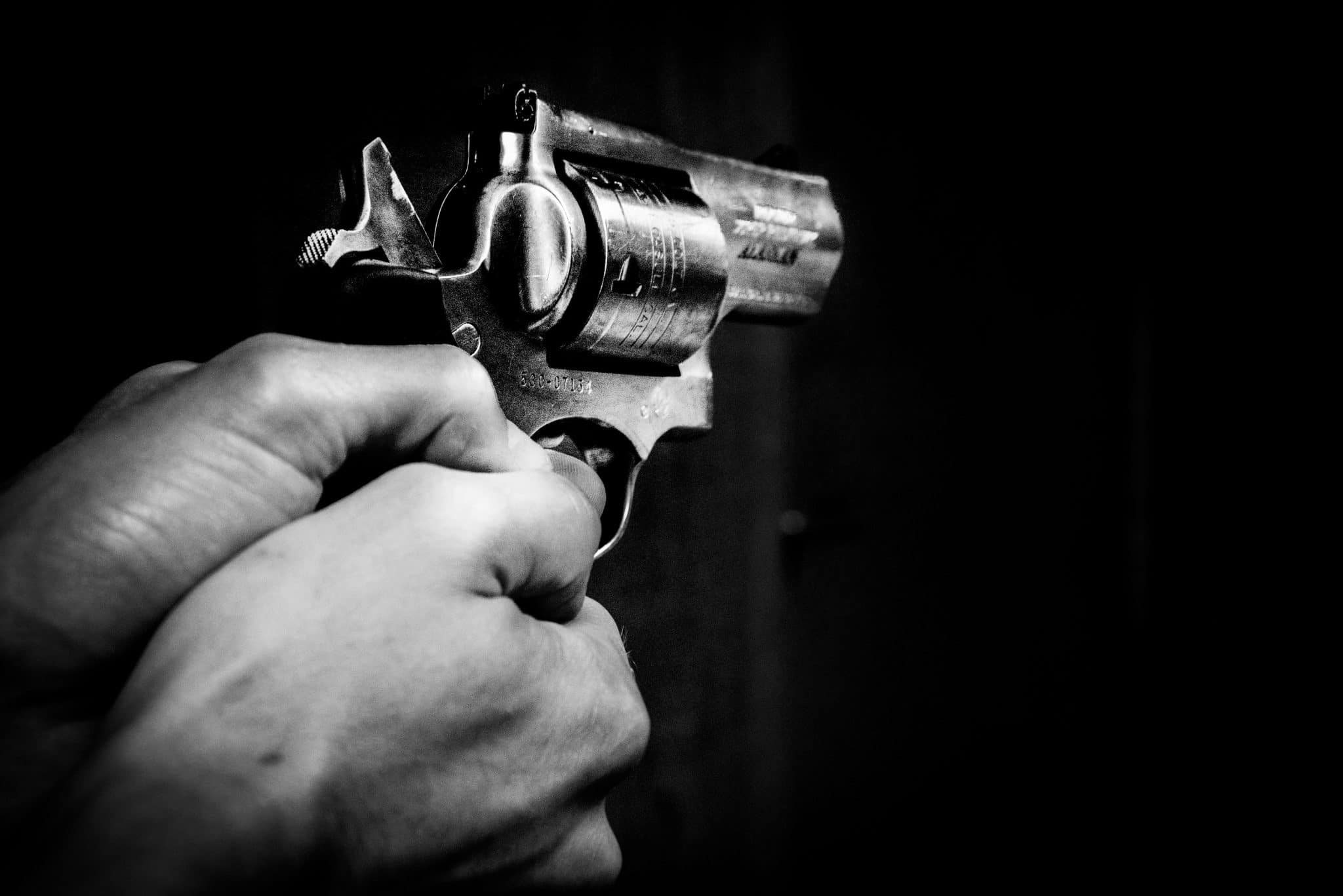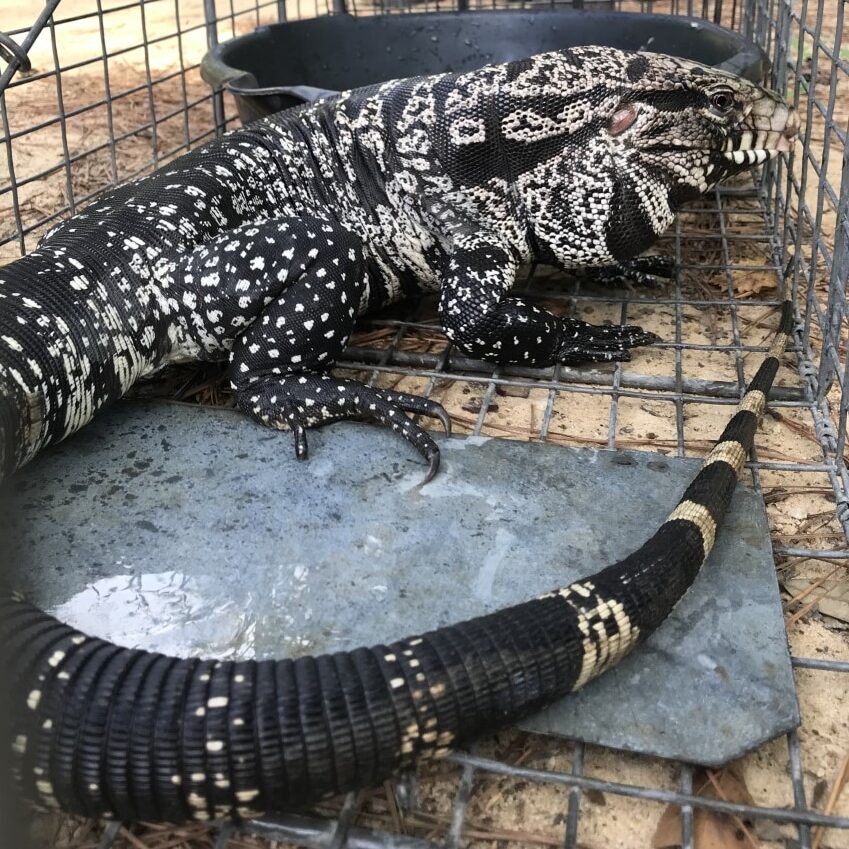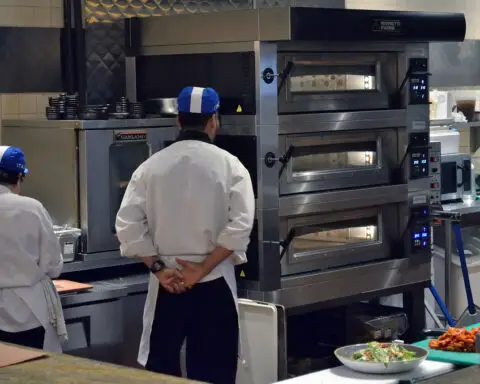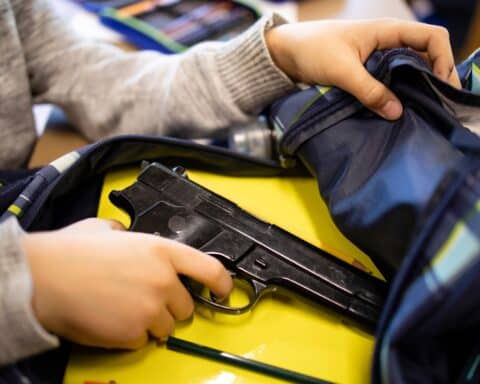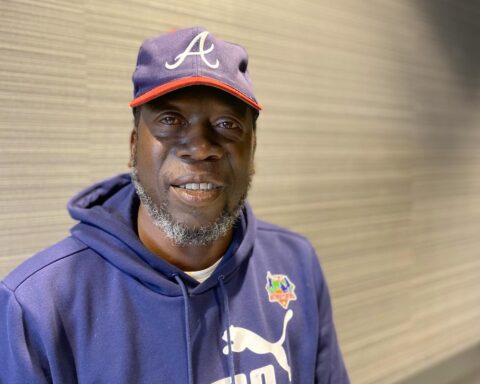At an April meeting, Savannah City Council officials clamored to expand ShotSpotter, a gunshot detection system deployed in dozens of American cities and marketed as a deterrent to rising gun crime.
Alderman Kurtis Purtee said people have been “screaming, screaming, screaming” to get ShotSpotter in his southside district. Alderwoman Kesha Gibson-Carter said increasing the program’s coverage was “money well spent.” She hoped to “get to a place where we can expend more” on it and other surveillance tools.
After a 12-minute discussion, the council voted unanimously to nearly double ShotSpotter’s coverage of acoustic sensors that help police locate shootings quickly at a yearly cost of around half a million dollars.
Missing from the April 14 meeting was any debate about how effective the $489,094 program is in Savannah.
The Current has learned that the Savannah Police Department does not keep statistics on what the California-based company says the program is supposed to do: help obtain evidence of gun crimes and lead to investigatory stops and arrests. Data that is kept by the department is narrow, incomplete and two years old.
ShotSpotter’s limited data on Savannah show it detects gunshot sounds with a 97% accuracy rate so far in 2022 within the area it covers. While police respond to every company-generated gunshot alert, what is missing from this data, however, is information about whether these alerts make communities safer by removing guns or criminals from the streets.
The lack of metrics is increasingly pertinent. Savannahians suffer from a shortage in officers and a 24% rise in violent crime since 2020, while the police are grappling with a leadership vacuum as the chief is on his way out of office.
When contacted by The Current, Savannah police said ShotSpotter helps make the city safer and helps law enforcement solve crimes. Mayor Van Johnson said he had a positive impression of the system, but he and other city council members conceded that they hadn’t seen data to back up their opinion, other than what the company provided them.
“We do know that it’s accurate, unless we know otherwise,” Johnson said in an interview.
Cities start to criticize ShotSpotter
ShotSpotter, a publicly traded company, has multimillion dollar contracts with police departments across the country.
It bills itself as a tool that helps police respond to unreported gunfire quickly and lead them to “collect evidence, seize firearms, make arrests, and solve cases,” according to its website. In recent years, however, several cities and academics have questioned ShotSpotter’s usefulness in curbing gun crime versus its high price tag, while some cities have ended their contracts with ShotSpotter altogether.
In 2016, the police department in Charlotte canceled its contract with ShotSpotter, citing the lack of results versus the cost. In 2019, the Atlanta Police Department experimented with employing ShotSpotter and said the $128,000 that the system would cost would be better spent on new officers instead (the department is testing ShotSpotter again this year).
Last year in Chicago, a watchdog agency found that ShotSpotter alerts to the Chicago Police Department rarely led to evidence of a gun crime. The city has a $33 million contract with the company.
ShotSpotter has disputed the Chicago report, stating it had data limitations that affected its conclusions.
The company said its service gives police more information heading into a potentially dangerous situation, like when multiple shots are fired or multiple shooters may be at a scene.
“With ShotSpotter alerts a police officer is provided more information about a gunshot incident, and they arrive at the scene more situationally aware than they typically would,” a ShotSpotter spokesperson wrote in a statement to The Current. “Information equates to preparation and better responses.”
A peer-reviewed study in the Journal of Urban Health last year examined 68 metropolitan counties with ShotSpotter from 1999 to 2016 and concluded that the company’s presence in cities had a negligible effect on overall levels of violent crime.
“We found no difference in county-level homicides, murder arrests, and weapons arrests for large metropolitan counties with and without ShotSpotter technology,” the study said.
In a statement to The Current, ShotSpotter pushed back against that finding. It said the study is like “comparing apples to oranges” because it looked at crime in an entire metropolitan county, when its services are only located within a city’s limits.
“ShotSpotter does not detect and report incidents of gunfire outside of the coverage area where they are deployed,” the statement said.
Researchers noted in their study that ShotSpotter doesn’t allow access to the location information on where exactly its sensors were when comparing crime data.
According to an NBC News story, the company spent more than $1 million on legal fees and public relations efforts last year, while it was projected to reach $60 million in revenue. The article said the company is working to procure new contracts through federal government funds.
SCAD discussions led to ShotSpotter
ShotSpotter’s array of sensors came to the Hostess City in 2014 after discussions with the Savannah College of Art and Design’s vice president for safety, making it the first institute of higher learning in the country to deploy the system.
John Buckovich, who worked as an assistant chief of police in Virginia before joining SCAD, said the tool was meant to help campus safety, its buildings and its bus routes if there were ever to be a shooting.
“We wanted to know what’s going on outside our building,” he said.
The original sensors ranged two square miles from the river to 52nd and Montgomery streets to Martin Luther King Jr. Boulevard to East Broad Street and were deployed in conjunction with the Savannah police, he said. SCAD paid for the original deployment.
Buckovich told The Guardian newspaper in 2015 that crime had nothing to do with why SCAD wanted ShotSpotter.
“The decision to go toward ShotSpotter wasn’t based on one particular incident, it wasn’t based on crime in Savannah – it was completely based on how to use technology to make our campus safer,” he said at the time.
Savannah then took the lead, expanding upon SCAD’s investment to 4 square miles. In April the city council voted to grow the system’s network located on buildings, telephone poles, and other high areas to cover 7 ½ square miles of the city.
How the system works
The sensor system purports to detect gunshots and verify the sounds with an algorithm and a ShotSpotter employee remotely before it then alerts the police. Police can be dispatched to the gunshot’s sound origin within an 82 feet radius, just minutes after a shooting occurred, according to the company.
https://www.youtube.com/watch?v=JJSNQoIvvkY&ab_channel=shotspotter ShotSpotter claims to have an accuracy rate of 97% so far in 2022 in the city of Savannah. But does that translate to results?
In Savannah, the system alert goes to every police officer’s car and to the phones of every officer who has the app. They can listen to the recorded gunshot noise. Savannah police typically send a supervisor to the scene of every ShotSpotter alert.
Savannah Police Department Maj. Robert Gavin, who oversees the ShotSpotter program in the city, said the program works well and its value is in increasing police response.
Gavin and ShotSpotter officials have cited figures showing that the vast majority of shots-fired calls nationwide go unreported to police.
In Savannah, between January 2019 to September 2020, only 16.5% of ShotSpotter alerts had a matching 911 call alerting police (within 15 minutes after and 1 mile of the gunshots).
“When we went into ShotSpotter, we weren’t looking for it to be something that’s going to arrest a bunch of people,” Gavin said in an interview.

“We wanted to be able to put it (over the radio) where shots are being fired and locate scenes faster and stop people if they are still actively” shooting, Gavin said. “And also be able to render aid to people who might need it.”
“I would rather send an officer over to something that sounded like a gunshot and have them check it out” versus no one going at all and someone being hurt or killed as a result, Gavin said.
ShotSpotter keeps statistics on how many noises its system picks up, how many of those sounds were interpreted to be gunshots and how many shots fired it recorded. But there aren’t statistics available on the effects of ShotSpotter on crime in Savannah. In fact, Savannah police department’s own statistics do not show how many ShotSpotter alerts correlated to police sent to a scene, how many times those incidents indicated a crime, or how many resulted in evidence gathered or an arrest.
Savannah lacks statistics
The last time the Savannah Police Department kept data on ShotSpotter’s impact on arrests, gathering evidence, and talking to witnesses was in 2020.
Statistics provided to The Current for the first three quarters of 2020 show that of 657 “criminal incidents” originating with ShotSpotter alerts, there were five arrests. That’s less than 1%.

Maj. Gavin says that figure is misleading. The numbers show incidents where police were able to arrest somebody immediately upon arriving on the scene after a ShotSpotter alert, Gavin said.
The numbers don’t include an arrest later in an investigation, such as when a detective is able to link a gun or bullet casing to a suspect.
But neither the department nor the company track those numbers.
Separate police statistics show that 1,269 bullet casings were recovered and 13 weapons seized in the first three quarters of 2020. But it remains unclear how many of those captured actually led to a link with who shot the gun or an arrest.
Only three quarters of that year’s data was available because the Savannah Police analyst tracking ShotSpotter had to be reassigned due to staffing shortages.
Savannah Police also blame the missing data on an antiquated records management system and a time-consuming process to match details from police reports with ShotSpotter alerts.
Gavin said the agency is in the process of getting a new records system and will hopefully have it up and running in a year.
While ShotSpotter handles statistics on how accurately its program reads gunshots and notifies police, the individual police department is responsible for calculating the program’s results.
In the first half of 2022, ShotSpotter reports it has been accurate 97% of the time in detecting gunshots in Savannah.
Impact on communities of color
Outside of Savannah, some ShotSpotter critics contend that the system causes police to focus more on communities of color.
The American Civil Liberties Union last year stated that false alarms by ShotSpotter can create high-alert situations for officers in communities of color, which can also have dangerous consequences.
“ShotSpotter false alarms send police on numerous trips (in Chicago, more than 60 times a day) into communities for no reason and on high alert expecting to potentially confront a dangerous situation,” the organization wrote. “Given the already tragic number of shootings of Black people by police, that is a recipe for trouble.”

In a blog post responding to the ACLU, ShotSpotter wrote that “coverage areas are determined by police using objective historical data on shootings and homicides to identify areas most impacted by gun violence.”
The ACLU also warned of a statistical loop of over-policing communities of colors if the sensors are only detecting shootings in those neighborhoods.
A map of ShotSpotter’s boundaries in Savannah obtained by The Current, prior to the April expansion, shows the majority of its coverage does contain communities of color – on Savannah’s east and west sides. It also includes downtown and prominent tourist locations. The city council voted to expand the system to every district in the city, officials have said.
The Savannah Police Department has declined to elaborate where its sensors are, citing public safety, and redacted information on its contracts sent in a public records request about where the new sensors will be placed.
Local impact unknown
Savannah’s city council officials defended their votes to expand ShotSpotter.
Savannah police and city officials have said the data drawn from ShotSpotter – where shootings are occurring – is used to inform where more police patrols and presence will be.
“I’ve been dealing with ShotSpotter since we employed it [in 2014],” Mayor Johnson told The Current. “I’ve seen where ShotSpotter has helped us be quickly engaged on stuff we would not have been otherwise.”
Several city council members interviewed by The Current said that while they voted unanimously to increase ShotSpotter’s budget in April, they now want to see more statistics on its effectiveness.
Alderman Kurtis Purtee of District 6 splits time legislating while also working as a police captain for Georgia Southern University. He said as a law enforcement officer, he sees the value in ShotSpotter for preserving the integrity of a crime scene immediately after a shooting and therefore helping police get the information they need to solve a crime.
Of the lack of statistics, “it concerns me absolutely,” Purtee said. He said the program, however, when used as one tool in a toolbox – is worth it for Savannah.
“I think from a crime scene perspective it’s very valuable,” Purtee said. “Looking at it to be a cure all for gun violence – no way.”
Alderwoman Bernetta Lanier, who represents District 1, said the important thing to remember with ShotSpotter – and other programs like it – is “we cannot police our way out of” the problem of crime in Savannah.
“I don’t want us to rest on our laurels because we spent money on ShotSpotter,” she said.
She said she wanted the city manager’s office to compile better data for council members to evaluate the program moving forward.
“Those are the numbers and the data we need to drive our decisions,” she said. “Council has not been presented with the data necessary to make management decisions.”
The story has been updated to reflect that ShotSpotter alerts go out to every police officer’s car and their phones if they have the app. A Savannah police supervisor typically goes out to the scene resulting from a ShotSpotter alert.
This article first appeared on The Current and is republished here under a Creative Commons license.![]()
Get More Context: With the barrage of information coming through your social media feeds and phone notifications, it can be hard to get a clear picture of what’s happening in your community and throughout the state. Click here to see what else is happening in The Peach State and get your news in context instead of relying on social media feeds and notifications for your news. We’ll help you stay informed.
Disclosure: This article may contain affiliate links, meaning we could earn a commission if you make a purchase through these links.

